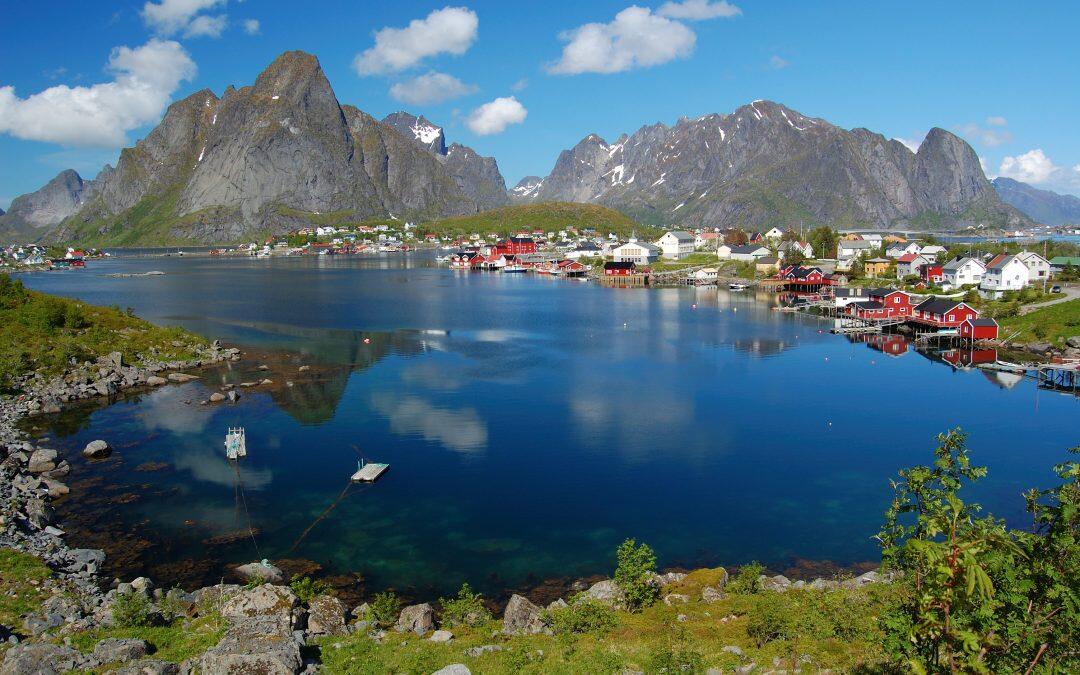Norway was one of the few Western countries that increased carbon emissions in the country in 2015.
Norway wants to get rid of gasoline cars, plans to achieve carbon neutrality in 2030 and spends billions on helping poorer countries to reduce their emissions. But at the same time it enters increasingly in the Arctic Ocean in search of oil and gas.
We know this is a paradox , ” admits Vidar Helgesen, Norwegian Minister of Climate and Energy. “We’ve been living off oil and gas. But no country in the world undermine the oil and gas of Norway”.
The Scandinavian mountainous country with five million inhabitants, is torn between his ambition to be a world leader in combating climate change and recognition that their wealth is linked to the global dependence on fossil fuels .
This apparent contradiction is especially striking in Stavanger, the oil capital of Norway.
The town of the west coast is the heart of the offshore industry that has made the country the eighth largest exporter of oil and the third largest natural gas. With 875,000 million dollars from oil, Norway is the world’s richest sovereign fund, and hydrocarbons account for 40% of the country ‘s exports.
But few of these fossil fuels are for domestic consumption. Like the rest of the nation, Stavanger gets most of its electricity from hydropower.
And the ranks of Tesla cars driven by oil workers circulating the streets of Stavanger attest to the significant government subsidies to market electric cars. These cars do not pay taxes on imports, their rates are 25% lower than those of the conventional and the majority of the roads are free.
About 29% of new cars sold in Norway are electric or hybrid. The government said in June that his goal is to reach 100% in 2025.
Helgesen said that the example of Norway is spreading around the world, and in its day automotive skeptical invest in green technologies and accelerate the transition away from oil.
In June, lawmakers forced a commitment to reach carbon neutrality by 2030, some 20 years ahead of schedule.
Norway is also one of the most generous donors to international efforts to maintain tropical forests, which help fight climate change by absorbing carbon dioxide emitted by burning fossil fuels . It has already allocated 1,000 billion dollars to save trees in Brazil and pledged to invest 350 million annually in the conservation of trees in places like Indonesia and Guyana.
But he accused the country of environmental hypocrisy, funding projects abroad while allowing the industry of oil and gas lance increasingly carbon into the atmosphere. Plans to achieve carbon neutrality include purchase credits abroad to help reduce emissions.
In fact, Norway was one of the few Western countries which increased carbon emissions in the country in 2015. This was mainly due to the fact that the aging oil fields in the North Sea need more energy to extract their reserves.











